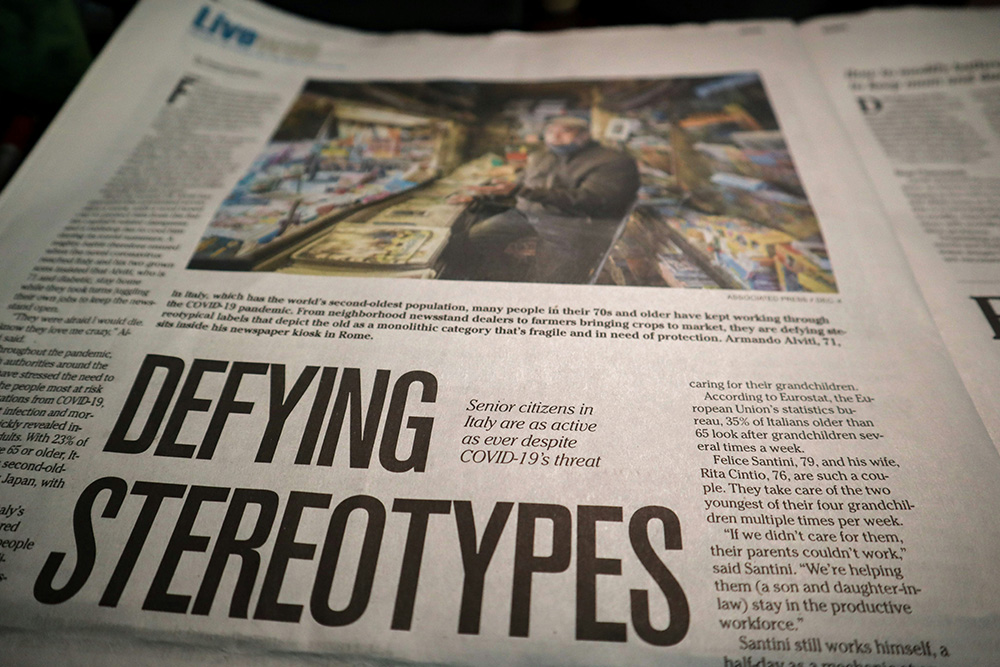Representation
Representation refers to the ways in which the media portrays groups, communities, experiences, ideas, and topics. It includes how people (such as age groups, genders, ethnicities, and social classes), places, events, and issues are shown through different forms of media like TV, film, advertising, news, magazines, and online platforms.
These representations are not always a direct reflection of reality. Instead, the media constructs versions of reality using selection, emphasis, and omission. These can be influenced by cultural values, stereotypes, social attitudes, and institutional perspectives.
Stereotypes
Stereotypes are a simplified and often exaggerated belief or idea about a particular group of people. Stereotypes reduce individuals to a set of traits that may not reflect their true personalities, abilities, or experiences. They are often used as shortcuts to quickly communicate information about a character or group.
While this can make storytelling easier, it can also lead to unfair or inaccurate representations. When media products repeatedly show people in stereotypical ways (e.g. the "angry teenager", the "helpless elderly person" or the "emotional woman"), it reinforces biased ideas and can shape how audiences perceive those groups in real life.
That’s why understanding representation is important as it helps us question whether the media is presenting people and issues fairly, or relying on outdated and harmful stereotypes.

Photo by little plant on Unsplash.
Next Page